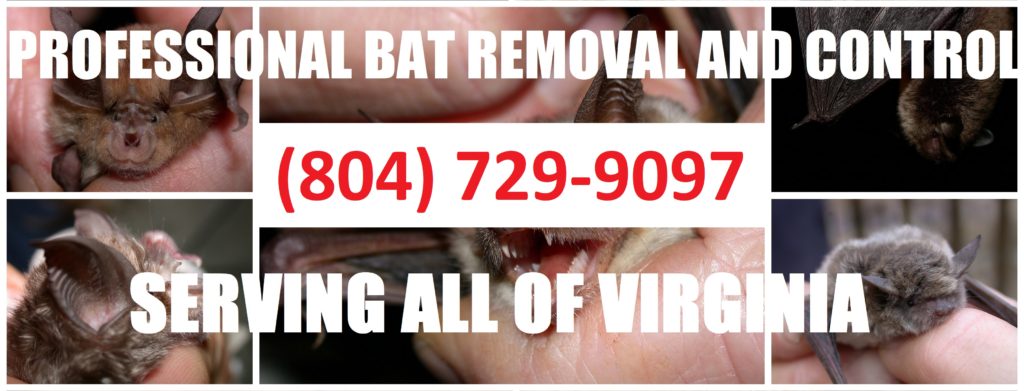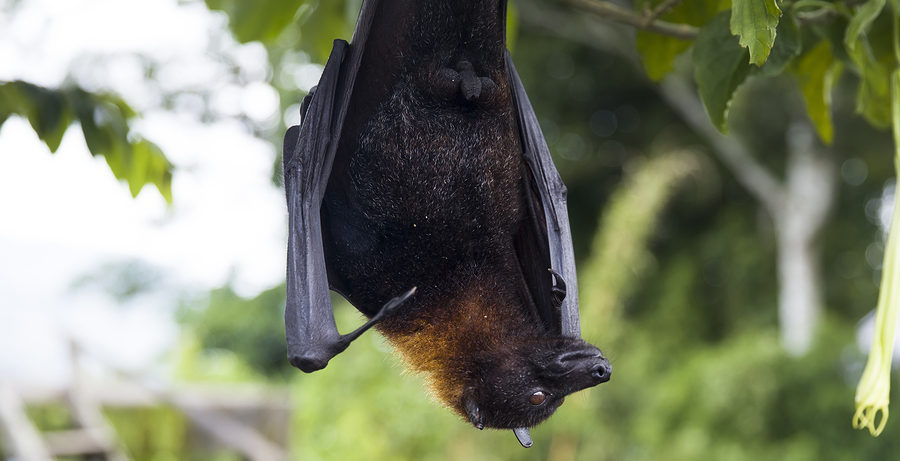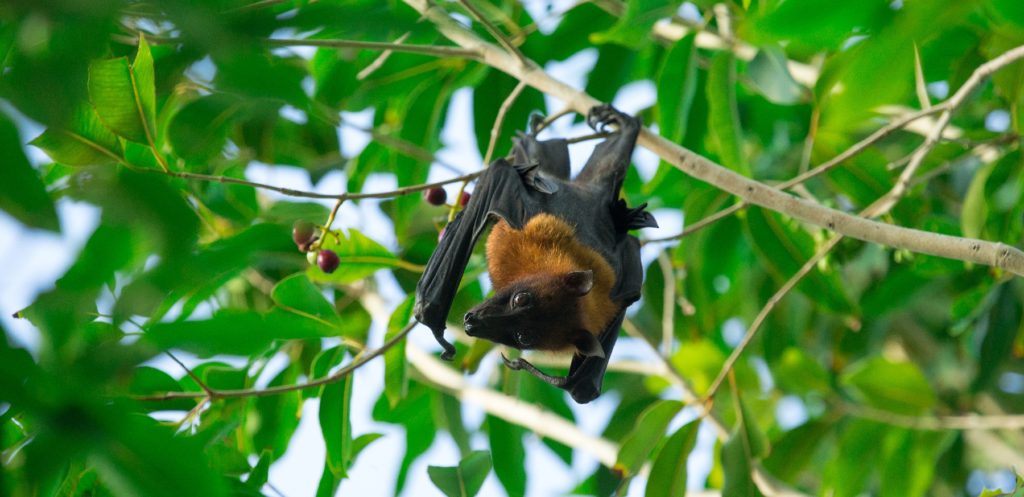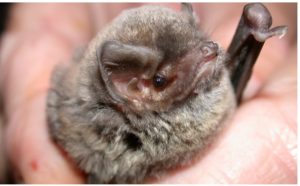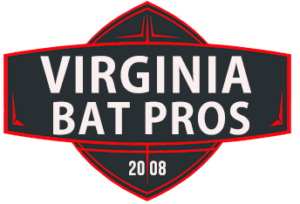Bats are mammals that are a part of the Chiroptera order. The word “Chiroptera” is derived from the Greek word “hand-wing” in reference to a bat’s webbed hand-like wings. Chiroptera is the scientific classification of bats. There are thousands of bat species all over the world, but all species can fall under one of two main categories, Microchiroptera and Megachiroptera; colloquially referred to as microbats and megabats. Although recent evidence more so supports the division of bat species into Yinpterochiroptera and Yangochiroptera, it is still very common to use the terms microbat and megabat.
But since we don’t see any megabats in Virginia, continue reading to learn the top 3 traits of a microbat!
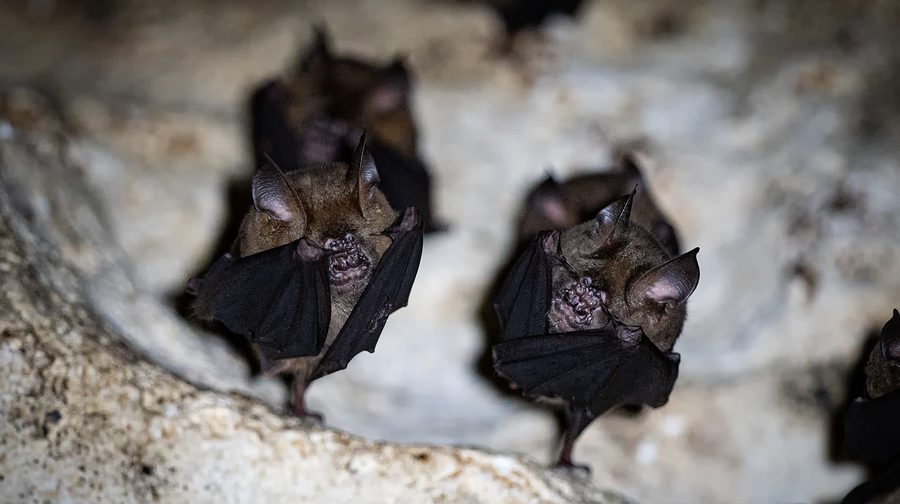
Virginian Bat Species
Here in Virginia, we have microbat populations. Three species of bat in Virginia are Federally-endangered, and include the Gray Bat (Myotis grisescens), Indiana Bat (Myotis sodalist), and the Virginia Big-Eared Bat (Corynorhinus townsendii virginianus). In addition, there are 12 non-game protected species of bat found in Virginia, including the Eastern Small-footed Bat, Northern Long-eared Bat, Eastern Pipistrelle Bat, Silver-haired Bat, Eastern Red Bat, Hoary Bat, Seminole Bat, American Long-Eared Bat, Lump-Nosed Bat, Ozark Big-Eared Bat, Townsend’s Big-Eared Bat, and the Northern Myotis.
Although there are 15 species of microbat in our state, each species exhibits common microbat traits. The top three traits are ones that all microbat share, regardless of species: small, omnivorous, and echolocating.
? Small
Microbats are not called micro because they are big! Microbats are small in stature and size, which is why they are so good at finding places to roost. The average microbat can fit through an opening or crack as small as 3/8th of an inch. That is equivalent to the thickness of a pencil eraser! Take the Virginia Big-Eared Bat for example; although it is one of the largest Microchiroptera species in its range, it still only weighs an average of 7 to 12 grams (0.25 to 0.42 ounces).
? Insectivorous
Microbats are insectivores, which means they strictly eat bugs. They mostly dine on flying ones, like mosquitoes, flies, gnats, moths, wasps, and bees. They also will consume termites, dragonflies, grasshoppers, and beetles. A single bat can consume more than its own body weight in insects, in just one single evening. That’s an average of 1,000 insects or more.
? Echolocating
Microbats use echolocation, much like dolphins and whales. Echolocation is a natural biological sonar ability that works by measuring the returning echoes of emitted signals that bounce off surrounding objects. Bats are not blind, but they use echolocation because it gives them a superior advantage when it comes to hunting and diving for prey at night.
Got Nuisance Bat Problems in Virginia?
Contact Virginia Bat Pros at 804-729-9097 for safe and humane bat removal and control at a fair price. Regardless of the size or scope of your bat abatement and cleanup needs, we have the experience and resources necessary to remedy your bat problem in no time at all. Our professionals are focused on safe and effective results, but more importantly, our client’s complete satisfaction. Contact us anytime for free estimates, advice, and assistance.
